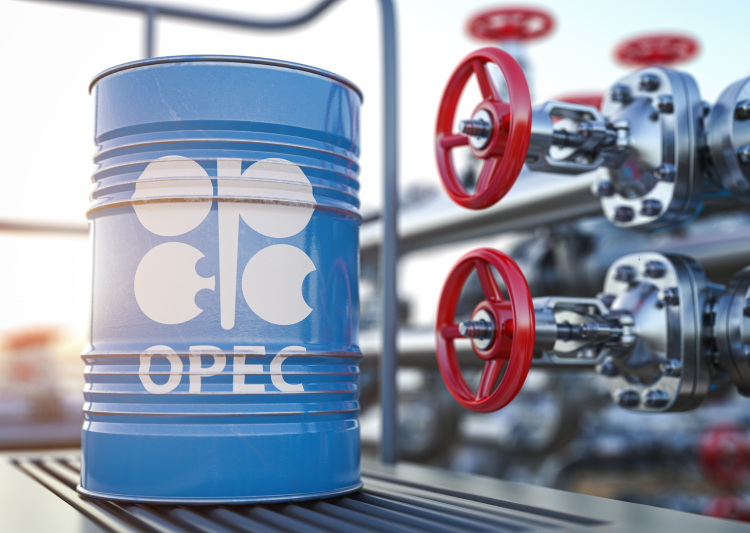The Organisation of Petroleum Exporting Countries(OPEC) expects global oil supply and demand to be in balance in the first quarter of the current year.
The organisation will need to provide an average of 28.85 million barrels a day in the first three months of the year, roughly 120,000 bpd less than it pumped last month, according to a report from the group’s secretariat.
The estimates provide further validation for the substantial production curbs OPEC and its allies made late last year, saying, they were necessary to keep crude markets in equilibrium.
The measures have helped to support international oil prices near $85 a bbl as traders gauge China’s attempts to reopen its economy after almost three years of COVID lockdowns.
Speaking at the World Economic Forum(WEF) in Davos earlier on Tuesday, OPEC secretary-general, Haitham Al-Ghais said, the group is ‘seeing signs of green’ from China as travel and economic activity resume. Still, economic slowdown and persistent inflation in advanced economies are clouding the outlook, he warned.
A panel of key OPEC+ ministers will hold a monitoring meeting to assess market conditions on February 1, but it’s too early to say what they might decide, Al-Ghais added.
United Arab Emirates Energy minister, Suhail Al Mazrouei said on Monday that oil markets are ‘balanced.’
Heading into the second quarter, the report indicated that OPEC may face a slight surplus if it continues to produce at current rates, with expected demand for the group’s crude dipping to 28.34 million bpd.
For the year, OPEC predicts that world oil demand will increase by 2.2 million bpd to an average of 101.77 million a day, while supplies outside of the group will expand by 1.5 million bpd. The estimates are largely unchanged from last month’s report.





